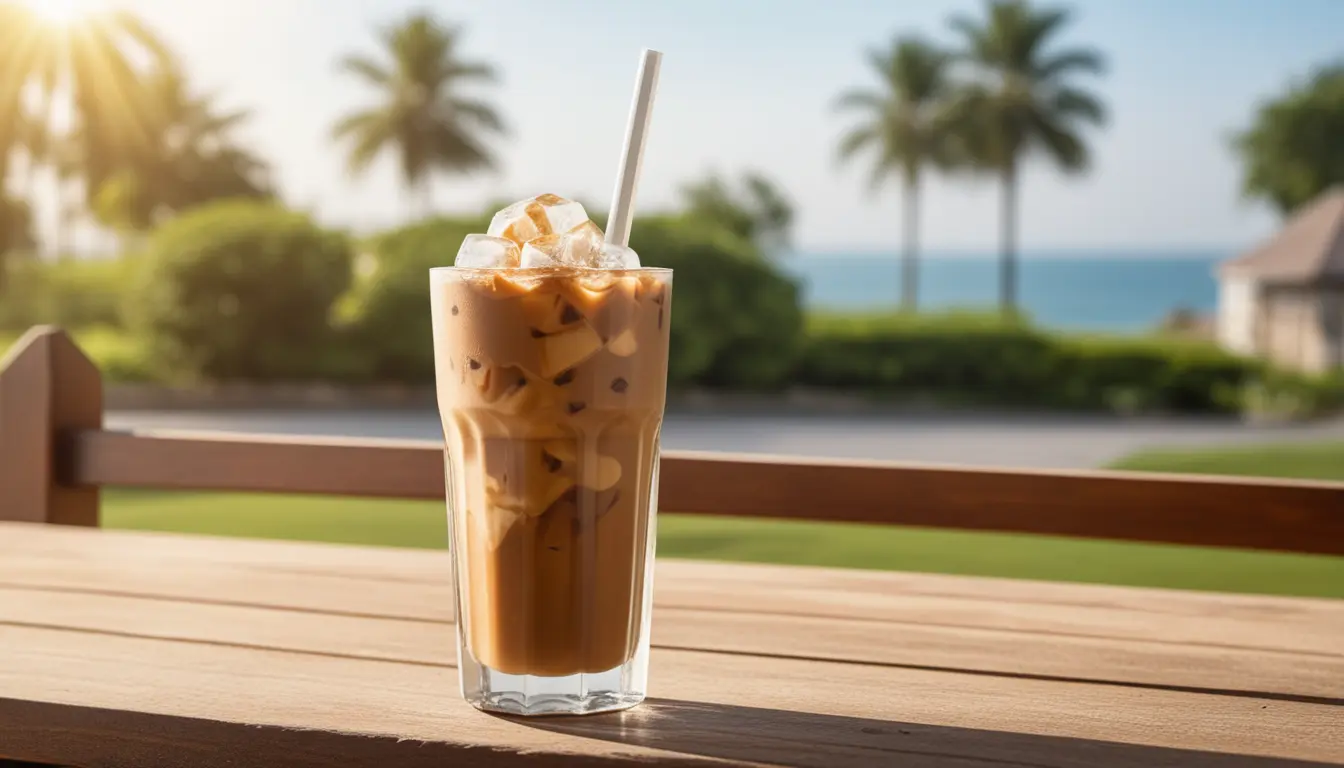What is the Difference Between Iced Coffee and Cold Brew
Introduction
Cold coffee drinks have taken the world by storm, especially during the hot summer months. Whether you’re a die-hard coffee enthusiast or just someone looking to beat the heat, you’ve probably come across two popular choices: iced coffee and cold brew. But what’s the difference between the two? Let’s dive in and break down the distinctions to help you decide which one suits your taste buds and lifestyle.
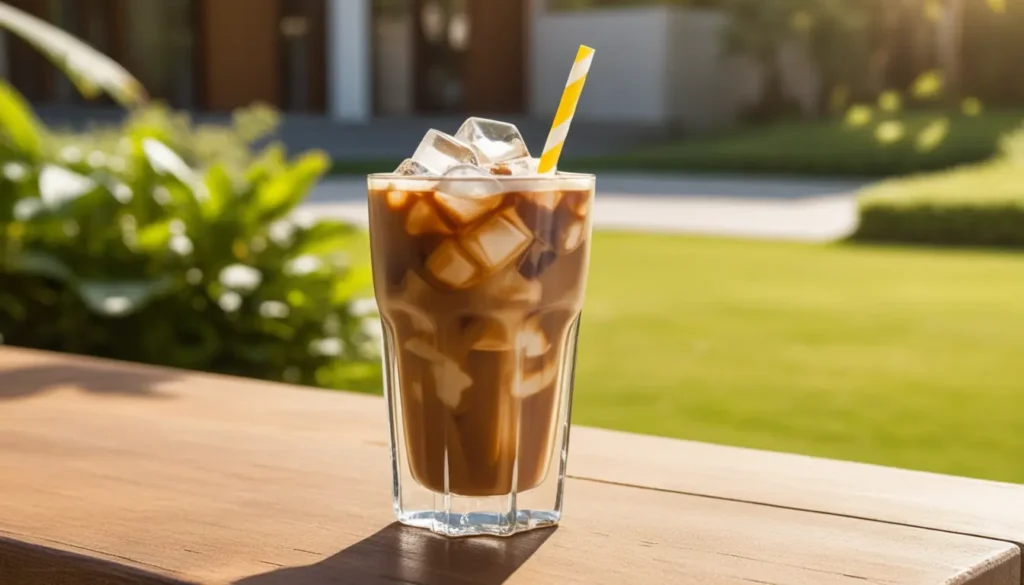
The Basics: What is Iced Coffee?
Definition of Iced Coffee
Iced coffee is a refreshing way to enjoy your regular cup of coffee, but with a cool twist. Simply put, it’s hot brewed coffee that’s been cooled down and served over ice. The key here is that the coffee is brewed hot, just like your typical morning cup of joe.
How Iced Coffee is Made
To make iced coffee, you start by brewing a pot of hot coffee, usually using a drip coffee maker, French press, or pour-over method. Once brewed, the coffee is left to cool, either by refrigeration or letting it sit at room temperature. Once cooled, the coffee is poured over a glass full of ice. This method is quick and easy, perfect for when you’re in a hurry and need a chilled caffeine fix.

Common Variations
One of the great things about iced coffee is how customizable it is. You can add flavored syrups like vanilla, caramel, or hazelnut to sweeten it up. Some people prefer to add milk, cream, or even a non-dairy alternative to create a creamier texture. The possibilities are endless!
Understanding Cold Brew
What is Cold Brew Coffee?
Cold brew is the smoother, less acidic cousin of iced coffee. Instead of being brewed hot, cold brew is made by steeping coarse coffee grounds in cold water for an extended period, typically 12 to 24 hours. The result is a coffee concentrate that’s rich in flavor but gentle on your stomach.
How Cold Brew is Made
The process of making cold brew is simple, but it requires patience. You start with coarsely ground coffee beans and mix them with cold water. The mixture is then left to steep in the refrigerator or at room temperature for at least 12 hours. After steeping, the coffee grounds are filtered out, leaving behind a concentrated coffee that can be diluted with water or milk before serving.
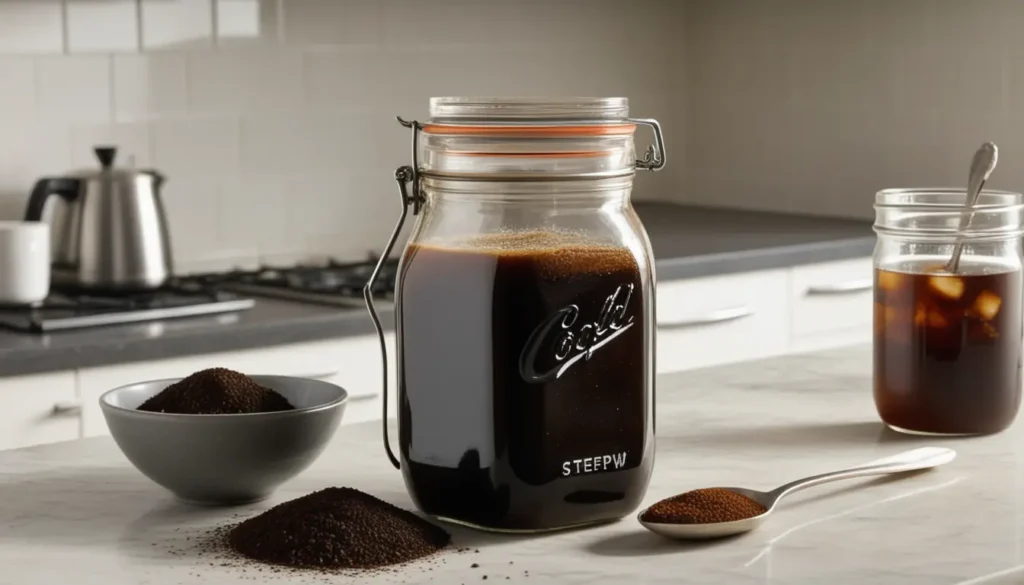
Common Variations
Cold brew is versatile, too. You can drink it straight, over ice, or mix it with milk or cream. Some people like to add a splash of simple syrup or flavored creamer to enhance the taste. You can even find cold brew concentrate in stores, which you can dilute to your liking.
The Key Differences Between Iced Coffee and Cold Brew
Brewing Method
The most significant difference between iced coffee and cold brew is the brewing method. Iced coffee is brewed hot, just like regular coffee, and then cooled down. In contrast, cold brew is made by steeping coffee grounds in cold water for a long time, without any heat involved.
Time Investment
When it comes to time, iced coffee wins the speed race. It takes just a few minutes to brew hot coffee and cool it down. Cold brew, on the other hand, requires a lot more time—12 to 24 hours of steeping to achieve the perfect flavor.
Flavor Profile
If you prefer a bold, acidic taste, iced coffee might be your go-to. Since it’s brewed hot, it retains the acidity and bitterness typical of coffee. Cold brew, however, is known for its smooth, mild flavor with a slightly sweet undertone, thanks to the slow, cold extraction process that minimizes acidity.
Caffeine Content
Cold brew usually has a higher caffeine content than iced coffee. Because it’s often made as a concentrate, it can pack quite a punch when it comes to caffeine. Iced coffee, especially when diluted with ice, tends to have less caffeine per serving.
Dilution
Speaking of dilution, this is another key difference. Iced coffee is typically diluted by the melting ice, which can sometimes water down the flavor. Cold brew, on the other hand, is often served as a concentrate, meaning you can control the strength by adding as much or as little water or milk as you like.

Taste and Texture: What to Expect
Iced Coffee Taste
Flavor Notes
Iced coffee tastes like what you’d expect from your regular hot coffee, just colder. It retains the same acidity and bitterness, making it a familiar choice for those who enjoy the traditional coffee taste.
Mouthfeel

The texture of iced coffee is lighter and more diluted, especially as the ice melts. It’s a refreshing option, but some might find it a bit too watery if not consumed quickly.
Cold Brew Taste
Flavor Notes
Cold brew, on the other hand, offers a smoother, less bitter taste. The slow extraction process brings out the natural sweetness of the coffee beans, resulting in a drink that’s rich and mellow.
Mouthfeel

Cold brew has a fuller, more concentrated mouthfeel compared to iced coffee. It’s richer and more satisfying, especially when enjoyed with a splash of milk or cream.
Serving Suggestions and Customizations
How to Serve Iced Coffee
Popular Add-Ins
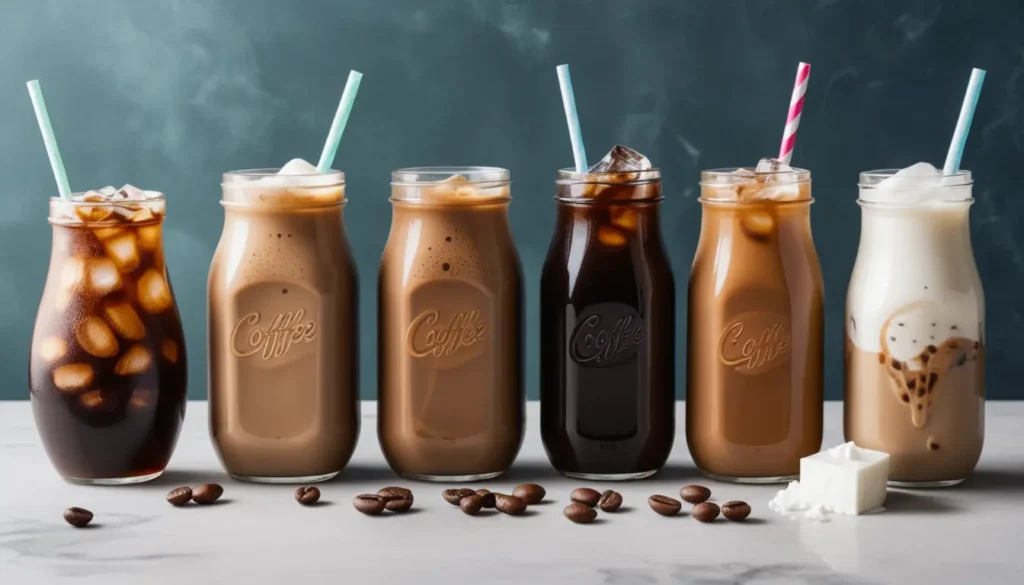
Iced coffee is incredibly versatile. You can add syrups, like vanilla or caramel, for extra flavor. Milk, cream, or a non-dairy alternative can also be added to create a creamier drink. The possibilities for customization are endless.
Ice Types
Believe it or not, the type of ice you use can affect your iced coffee experience. Crushed ice melts faster, diluting the coffee more quickly, while ice cubes melt slower, keeping your drink cooler for longer. Some people even prefer to skip the ice and chill the coffee in the fridge before serving.
How to Serve Cold Brew
Popular Add-Ins

Cold brew pairs well with simple syrups and flavored creamers, allowing you to customize the sweetness to your liking. Since cold brew is less acidic, it can handle richer flavors like chocolate or cinnamon quite well.
Mixing Cold Brew Concentrate
If you’re making cold brew at home, you’ll likely end up with a concentrate. You can mix this concentrate with water, milk, or cream to achieve your desired strength and flavor. It’s a great way to control your caffeine intake and create a drink that’s perfect for you.
Health and Nutritional Considerations
Calorie Content
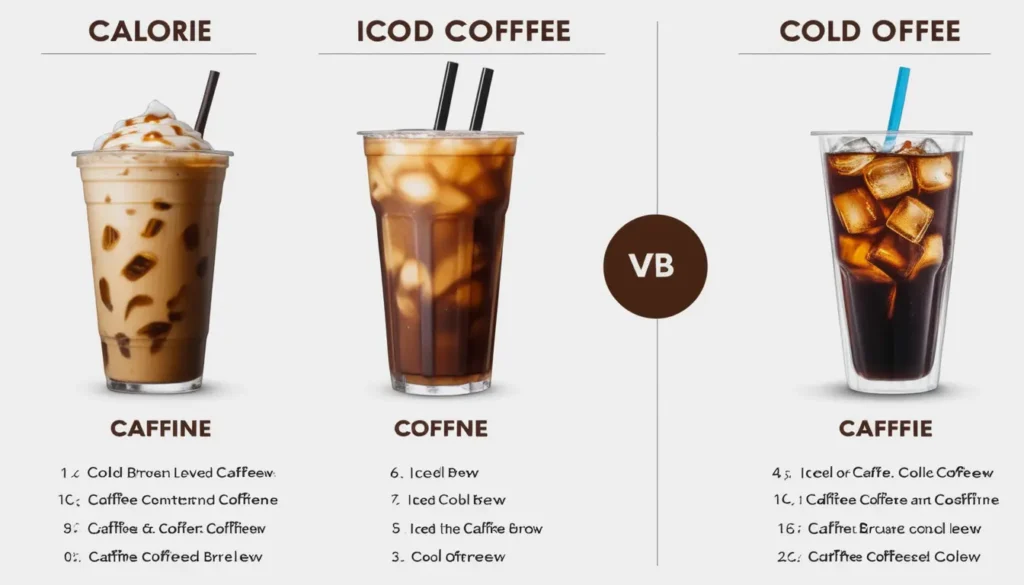
When it comes to calories, both iced coffee and cold brew can be low-calorie options, depending on how you customize them. Black iced coffee has virtually no calories, while cold brew concentrate is also low in calories until you start adding sweeteners and creamers.
Added Sugars
Be mindful of added sugars, especially in iced coffee. Flavored syrups and creamers can quickly turn a low-calorie drink into a sugar-laden treat. Cold brew, with its naturally smooth flavor, might not need as much sweetening, making it a slightly healthier option if you’re watching your sugar intake.
Caffeine Sensitivity
If you’re sensitive to caffeine, cold brew might not be the best option due to its higher caffeine content. Iced coffee, especially if diluted with ice or milk, tends to have a lower caffeine concentration, making it a better choice for those looking to limit their intake.
Cost and Convenience
Making Iced Coffee at Home
Iced coffee is a cost-effective option that you can easily make at home with minimal effort. All you need is your regular coffee maker, some ice, and whatever add-ins you prefer. It’s quick, easy, and perfect for those on the go.
Convenience of Cold Brew
Cold brew requires a bit more planning and time investment, but the result is worth it. You can make a large batch that lasts for days, saving you time in the long run. Additionally, many coffee shops offer pre-made cold brew, making it a convenient option when you’re out and about.
Environmental Impact
Sustainable Choices
Both iced coffee and cold brew can be made more sustainable by using reusable cups and straws. Opting for glass or metal straws and investing in a good-quality reusable cup can reduce your environmental footprint.
Coffee Ground Disposal
After brewing your coffee, don’t just throw the grounds away! Used coffee grounds can be composted, adding valuable nutrients to your garden. It’s a small step, but it helps reduce waste and makes your coffee habit a bit greener.
Conclusion

In the battle between iced coffee and cold brew, there’s no clear winner—it all comes down to personal preference. If you like a quick, bold, and refreshing drink, iced coffee might be your best bet. But if you prefer a smoother, less acidic option with a richer flavor, cold brew could be the way to go. Both drinks offer unique experiences, and with endless customization options, you can tailor them to suit your taste perfectly.
FAQs
Can you use any coffee for cold brew?
Yes, you can use any coffee beans for cold brew, but coarsely ground beans work best to prevent over-extraction and bitterness.
Does cold brew have more caffeine than iced coffee?
Typically, yes. Cold brew is often more concentrated, leading to higher caffeine content per serving compared to iced coffee.
How long does homemade cold brew last?
Homemade cold brew can last up to two weeks in the fridge, but it’s best consumed within the first week for optimal freshness.
Can iced coffee be made without sugar?
Absolutely! Iced coffee can be enjoyed black or with milk, without any added sugar.
What is the best type of coffee to use for iced coffee?
Medium to dark roast coffee beans are ideal for iced coffee as they provide a strong flavor that holds up well when diluted with ice.
